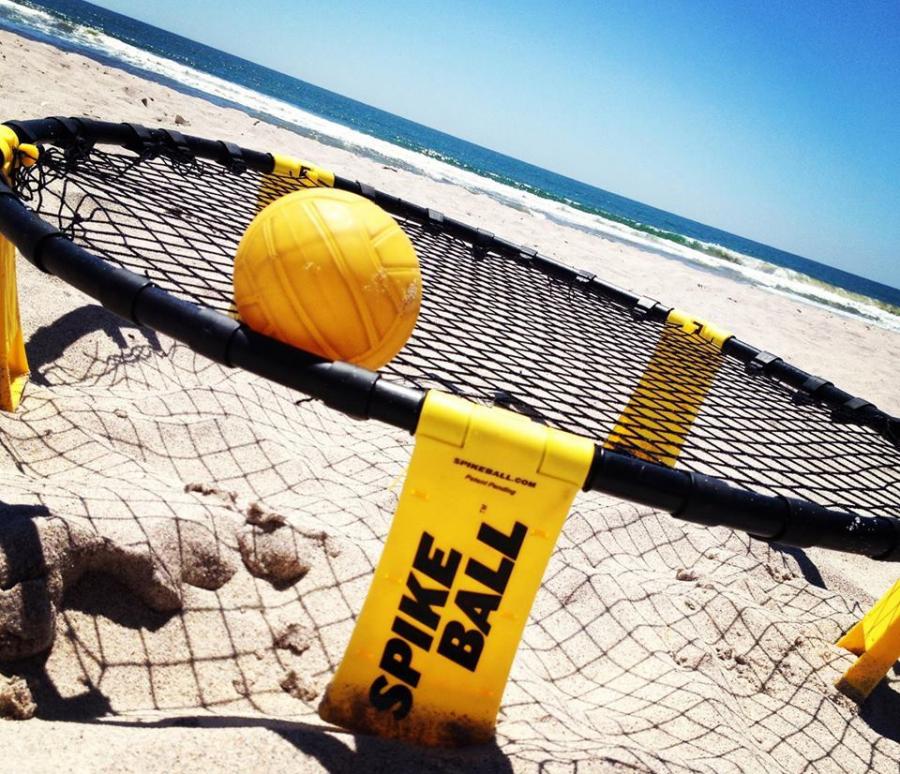


We see that general NFL player utilization has changed, and that has also impacted the way TEs score fantasy points in the NFL, but what about the 2022 landscape? Mark Andrews (14.7 PPG), Travis Kelce (13.7 PPG) and George Kittle (12.2 PPG) all outscored that top scorer from 2016. Last year in 2021, that number falls to just 17.Ī key difference is that 3 TEs last year outscored the top overall tight end from 2016 (Travis Kelce – 12 Half PPR PPG). In 2016, 24 TEs averaged at least 5 targets per game. Scoring in the NFL is up, but if we look at TE targets, we actually have less TEs receiving 5 or more targets per game now than in 2016. If you just happened to remove the Rams, these numbers would be even more drastic. Also in 2016, 8 TEs averaged at least an 85% snap share, but that number fell to just 4 in 2021. Interestingly, another Ram, Tyler Higbee, topped the TE list in snap share. Last year (2021), that number was at just 5 (two of which were Rams – Cooper Kupp and Robert Woods). In 2016, 13 WRs averaged more than 90% of snaps played in their active games. That goes for both Tight Ends, Running Backs and Receivers. We are seeing more spread offenses, as well as more specialist roles for players.
#Spike ball pro#
The days of every team running pro style offenses with traditional tight ends are gone. In today’s NFL, the Tight End position has been changing. It’s a strategy I’m calling the “Undrafted Tight End Strategy”.īefore we dive into the specifics of this strategy, we need to discuss why it might even be a thing from both a real football and a fantasy football perspective. Which leads me to one approach that I’ve really started to become high on this summer. All of these cookie cutter strategies can work and are very much still applicable, but they aren’t going to be as effective as we’d like unless we are adapting them to the current landscape of the NFL, the player pool for this year, what our opponents are doing, the tournament formats, etc. Particularly in Best Ball, where the industry has absolutely exploded and completely changed just over the last year, we need to assess this market we are drafting in differently than prior year’s. There’s no perfect solution to this type of strategic thought experiment, but something I think we as a fantasy football industry don’t do well enough is adapt our strategies to the current draft environment. So while you’re looking to gain as much leverage as you can on the field, you’re looking to do in the smartest way possible. The problem is that most of the “unique” ideas are either not as unique as we’d ultimately like, or they are making fairly significant sacrifices in one area or the other (overall projection, upside, advance rate, etc.). That’s absolutely important in a game where we are competing against hundreds of thousands (or nearly a million on DraftKings). And all of these strategies are great, but the majority are things people are implementing at a fairly high rate (or at least somewhat in the case of Zero RB).Īnd you’ll hear countless people, including myself, talk about the value of “being unique” or “getting different”. Even here at Spike Week, I’ve written about many of them (like the most notable structural strategies). With the explosion of Best Ball has come the explosion of a string of draft strategies that many are analyzing, discussing and implementing in their drafts.


 0 kommentar(er)
0 kommentar(er)
